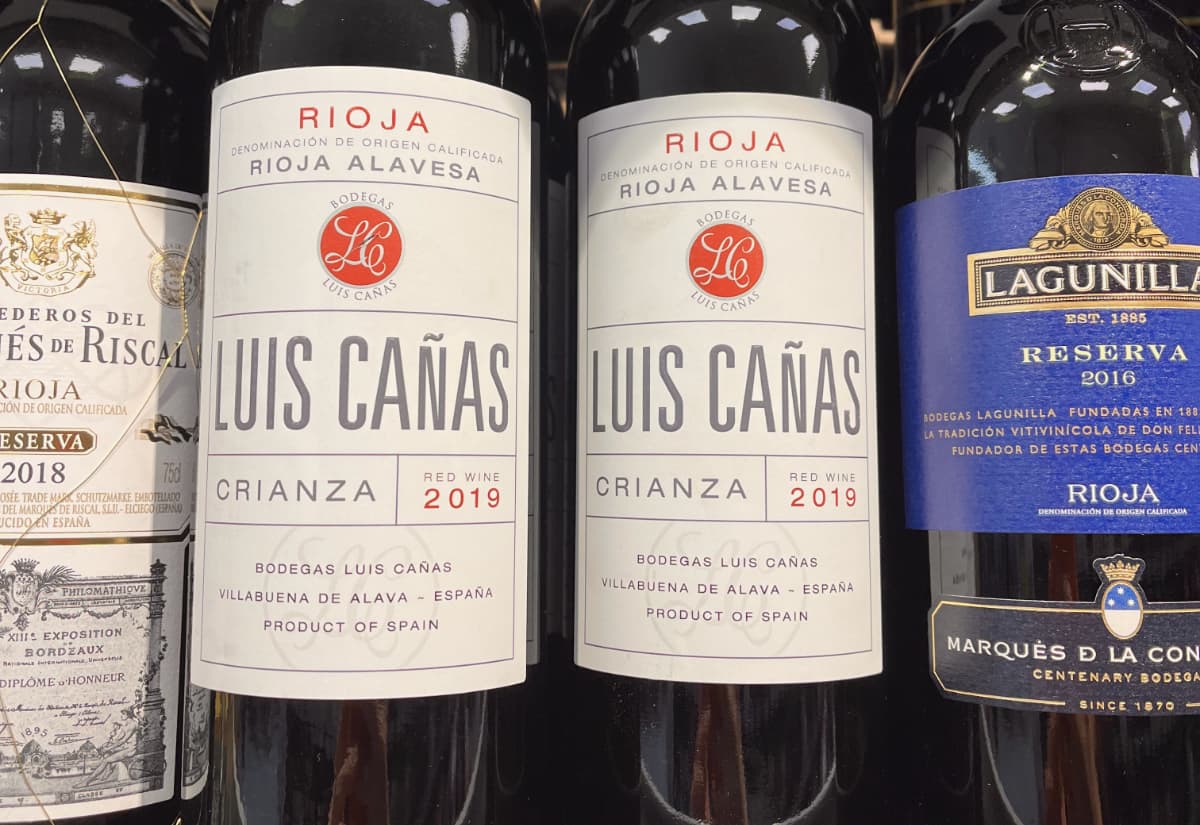Spain, renowned for its vibrant culture and picturesque landscapes, is equally famous for its wine production. As the third largest wine-producing country in the world, Spanish wineries have a rich heritage of winemaking that dates back over 3,000 years.
This longevity has allowed them to perfect the art, creating wines that are recognized globally for their outstanding quality and unique characteristics. But what exactly makes Spanish wines so good?
The answer lies in an intricate combination of geographical advantages, climatic conditions, diverse grape varieties, traditional and modern winemaking methods, and stringent regulations that ensure consistency and quality.
Geographical Advantages and Climate
Spain boasts a diverse array of geographical features, from high-altitude plateaus to lush river valleys, and from sunny Mediterranean coasts to the colder regions of the northern provinces. This geographical diversity provides a broad range of microclimates ideally suited for grape growing. Spain’s climate is predominantly Mediterranean, characterized by hot, dry summers and mild winters. This climate, combined with Spain’s unique topography, allows for the perfect maturation of grapes, resulting in complex and flavorful wines.
Diverse Grape Varieties
Spain is home to over 400 grape varieties, with Tempranillo, Garnacha, and Albariño being some of the most popular. This wide range of grape varieties contributes to the exceptional diversity of Spanish wines, offering a vast selection from full-bodied, age-worthy reds, refreshing whites, sparkling Cava, to the unique fortified Sherry.
Winemaking Methods
Spanish winemakers seamlessly blend traditional and modern techniques in their craft. For centuries, they’ve aged their wines in underground caves or in large oak barrels, imbuing them with unique flavors and complexities. Meanwhile, modern technological advancements have provided Spanish winemakers with precise control over the fermentation process, further elevating the quality of their wines.
Regulations
Spanish wine laws and the Denominación de Origen (DO) system play crucial roles in maintaining the high quality of Spanish wines. These regulations specify the geographical regions where particular wine types can be produced, the allowable grape varieties, and the winemaking methods. This guarantees authenticity and consistent quality, contributing to the superior reputation of Spanish wines.
FAQ Section
What are some of the most famous Spanish wine regions?
Some of the most renowned Spanish wine regions include Rioja, Ribera del Duero, Priorat, Rias Baixas, and Jerez.
What food pairs well with Spanish wines?
Spanish wines pair well with a wide variety of foods. Full-bodied reds like Rioja go well with red meats, while lighter white wines like Albariño pair nicely with seafood. Sherry is a versatile wine that can be paired with a variety of dishes, from cheese to desserts.
Are all Spanish wines aged in oak barrels?
Not all Spanish wines are aged in oak barrels. While it’s a common practice for red wines like Rioja and Ribera del Duero, many white wines and rosés do not see oak during their production.
How long can Spanish wines be stored for?
The storage potential of Spanish wines varies greatly depending on the type of wine. Some Spanish red wines, particularly those from Rioja or Ribera del Duero, can be cellared for many years, even decades. However, most white wines and rosés are generally meant to be enjoyed within a few years of release.

